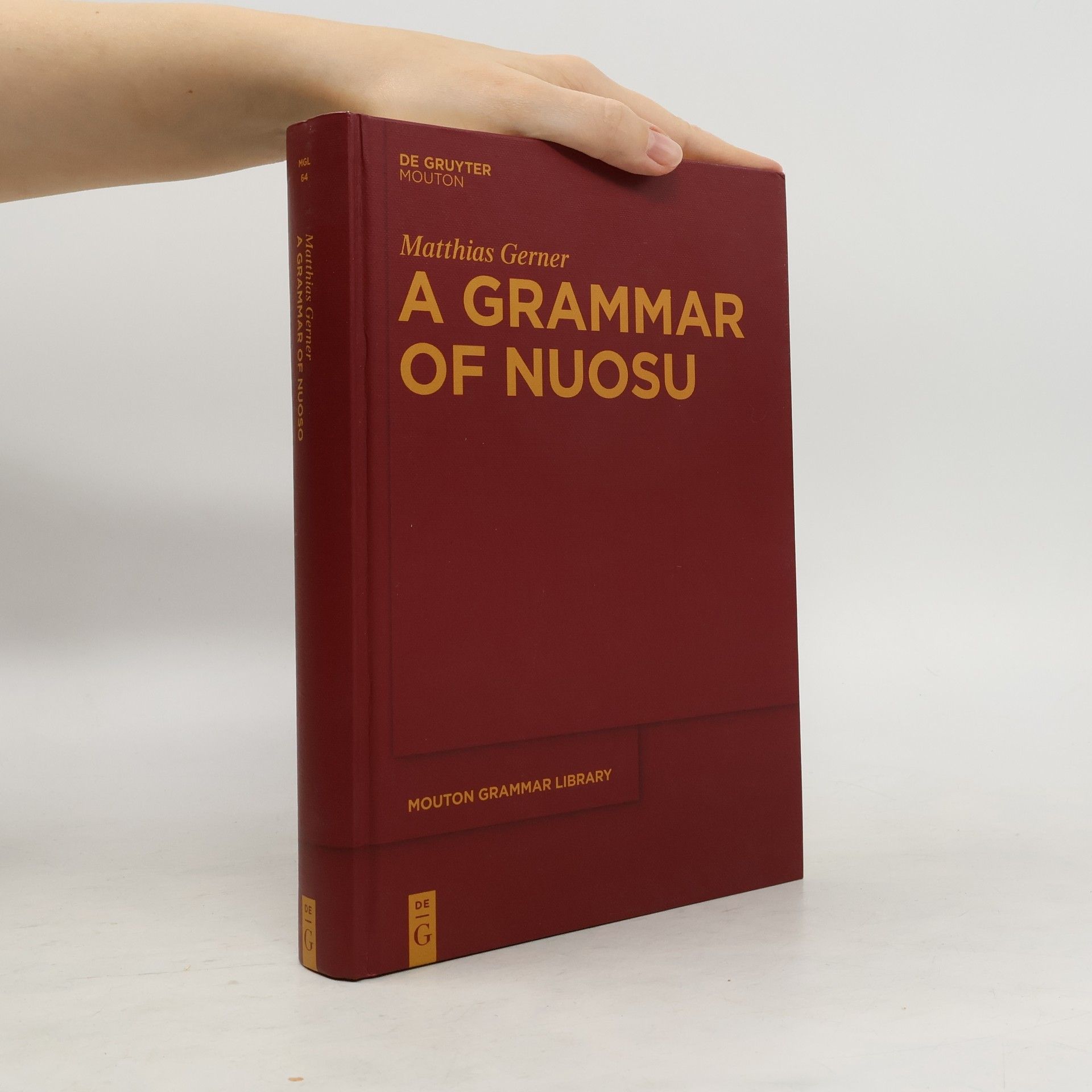Mouton Grammar Library - 64: A Grammar of Nuosu
- 573 stránek
- 21 hodin čtení
This is the first modern grammar of Nuosu written in English. Nuosu belongs to a little known section of Tibeto-Burman. The 2.5 Million ethnic Nuosu are part of the Yi nationality and live in Sichuan (China). This grammar informs Tibeto-Burman linguists, typologists, scholars of language contact and foreign learners of Nuosu.
